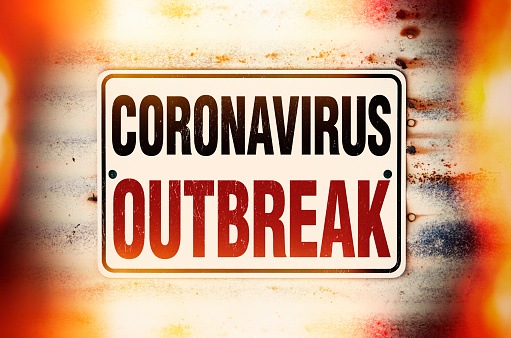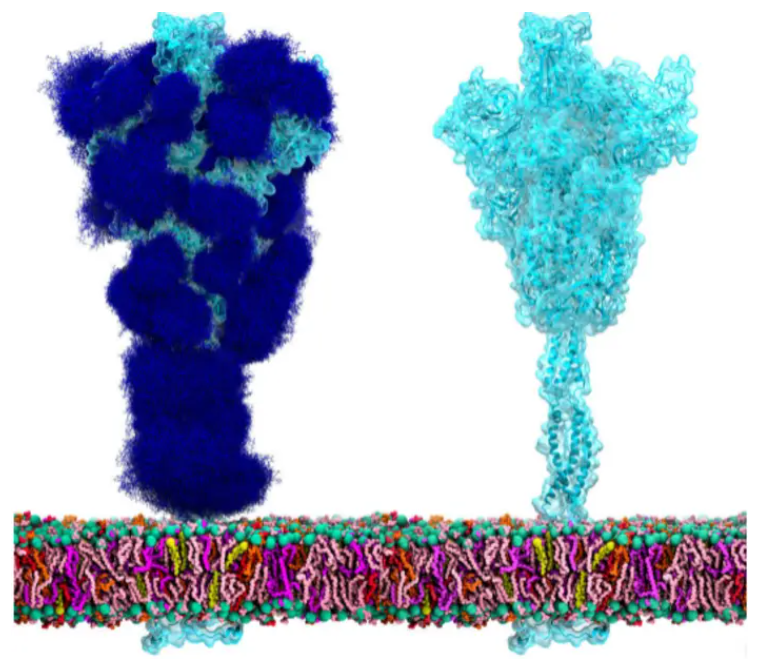
By now, all of us are immersed in the coverage of the new coronavirus outbreak, which started in China late last year and has since spread to the the US. The virus has claimed the lives of hundreds of people so far, and is now considered a public health emergency in America.
Unfortunately, many social media users and conspiracy theorists have been disseminating misinformation about the virus’ origin, and how to treat it. Here are the facts as they currently stand about the 2019 novel Wuhan coronavirus.
What is Coronavirus?
Coronaviruses (CoV) are a large family of viruses that sometimes cause disease and include the common cold. Other coronaviruses pose a bigger threat to human health and includes Middle East Respiratory Syndrome (MERS-CoV) and perhaps the most infamous, Severe Acute Respiratory Syndrome (SARS-CoV), which was the cause of a 2003 outbreak.
These viruses are zoonotic, which means they are passed between animals and humans. Previous studies found that SARS was transmitted from tropical civets to humans, and MERS was passed from camels to humans. There also exists several forms of coronaviruses still circulating in animals that have not yet been transmitted to humans.
What is Novel Coronavirus and Where Did it Originate?
A novel coronavirus is any new strain of coronavirus that has been previously identified in humans. The novel (new) coronavirus (known as 2019-nCoV or Wuhan Coronavirus) was first detected in Wuhan City, Hubei Province, China in December 2019.
As of today, China has reported more than 20,000 cases of coronavirus affecting its population, after more than 3,000 new cases were reported in a day. The Wuhan coronavirus has now killed more than 420 people in mainland China and claimed the life of a man in the Philippines, making it only the second fatality to occur outside of the mainland.
Wuhan coronavirus has been confirmed in more than 25 countries (including the US) in more than 150 people which has prompted several measures to mitigate its spread (more on that shortly).
Although the Wuhan coronavirus’ origin has yet to be confirmed – there’s mounting evidence which suggests that bats may be the culprit. Two new studies published yesterday in the journal Nature – including a case study of a Wuhan market worker – revealed that the genetic makeup of this new stain is almost 90% similar to SARS-like coronaviruses previously sampled from bats in China.
Wuhan Coronavirus in the US
There are currently 11 confirmed cases of Wuhan coronavirus in the US, and Human Services Secretary Alex Azar announced last week that the virus has been declared a public health emergency on American soil. Azar also stated that President Trump is temporarily suspending entry into the US for any foreign nations who pose a risk of transmitting Wuhan coronavirus to the US population.
To protect US citizens from Wuhan coronavirus exposure, US Homeland Security is now directing all flights from China as well as all passengers who have traveled to China within the past 14 days to be re-routed through one of eight designated US airports.
Additionally, Homeland Security is mandating that any American citizens who have been in the Hubei province within the last two weeks of their return will undergo up to 14 days of mandatory quarantine to ensure they receive all necessary care and screening.
https://twitter.com/HealthcareGlob1/status/1224267082499530752
What are the Symptoms?
According to the CDC, confirmed 2019-nCoV infections, reported illnesses have ranged from people with little to no symptoms to people being severely ill and dying. These symptoms include:
- Fever
- Cough
- Shortness of breath
The CDC noted at this time, symptoms of Wuhan coronavirus may appear in as few as two days or as long as 14 days subsequent to exposure.
How Worried Should You Be?
We currently don’t posses enough data to accurately say how dangerous this novel strain of coronavirus is, and we also don’t know how contagious it is. The current mortality rate is approximately 2%, and by comparison, SARS had a death rate of more than 10%. You should know that as of now, flu remains the far more salient threat.
How to Protect Yourself
Although there is currently no vaccine to prevent 2019-nCoV infection, the CDC recommends several preventive actions to mitigate the spread of respiratory viruses, including:
- Wash your hands frequently with soap and water for at least 20 seconds, especially after going to the bathroom; before eating; and after blowing your nose, coughing, or sneezing.
- If soap and water are not readily available, use an alcohol-based hand sanitizer with at least 60% alcohol. Always wash hands with soap and water if hands are visibly dirty.
- Avoid touching your eyes, nose, and mouth with unwashed hands.
- Avoid close contact with people who are sick.
- Stay home when you are sick.
- Cover your cough or sneeze with a tissue, then throw the tissue in the trash.
- Clean and disinfect frequently touched objects and surfaces using a regular household cleaning spray or wipe.
Moreover, if you come down with fever, cough and experience difficulty breathing, seek early medical treatment. Be sure to inform your health care provider if you have traveled in an area in China where Wuhan coronavirus has been reported, or if you have been in close contact with someone with who has traveled from China and has respiratory symptoms.
Also, as a general precaution, practice safe hygiene measures when visiting live animal markets, wet markets or animal product markets. You should strictly avoid any contact with other animals in the market such as bats, stray cays, dogs, rodents, and birds, and should also avoid contact with potentially contaminated animal waste or fluids.
Furthermore, it would be wise to avoid consumption of raw or undercooked animal products, and to handle any raw meat, milk or animal organs with extra care, to avoid cross-contamination.
The US has at least 11 confirmed cases of Wuhan coronavirus, which has killed more than 420 people in Chinahttps://t.co/GWQ8YTcoj1
— Mitch Kosterman (@MitchKosterman) February 4, 2020
New report on first US case of novel coronavirus details mild symptoms followed by pneumonia – CNN https://t.co/FRku5CgUWL
— Joel Feick (@joelfeick) February 1, 2020







 © 2025 Mashup Media, LLC, a Formedics Property. All Rights Reserved.
© 2025 Mashup Media, LLC, a Formedics Property. All Rights Reserved.